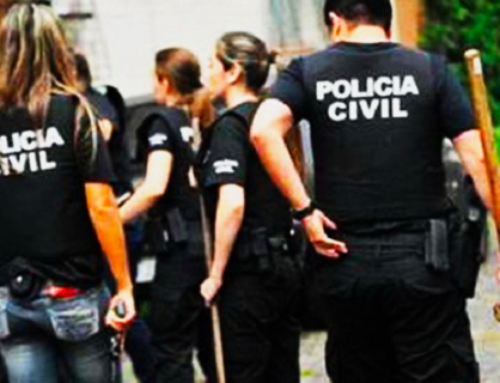We were responsible for the simultaneous translation in Curitiba during a very interesting and educational event about collaborative robots. Throughout our work we learned many new things and we will share the experience of the event in this post.
Simultaneous translation in Curitiba: And so, what is a collaborative robot?
What would collaborative robots mean? We interpreters did not know …. The collaborative robot works alongside humans without additional security devices. The robot may feel abnormal forces in its path. In fact, it is programmed to stop when it * sees * an overload in terms of force. These robots are designed to dissipate forces in case of impact on a wide surface, which is one of the reasons why robots are rounder. They also do not have their internal engines exposed. Many of these robots are certified by third parties that focus on industrial safety for collaboration between humans and robots. You should note that the ISO / TS 15066 technical specification will be released shortly and will specify the maximum (N) and energy (J) forces that can be applied to a human without undue damage. This technical specification will clarify the security requirements for human-robot collaboration for regular industrial robots. We learned during this simultaneous translation in Curitiba that in Brazil there are still few collaborative robots; the most advanced countries in this area are Germany, United States and Japan.
Simultaneous translation technology Sao Paulo

Simultaneous translation in Curitiba
Features
It’s not a normal industrial robot.
It does not require additional safety devices (in most cases, it still requires a risk assessment)
Used for direct collaboration with the worker for several tasks. The main feature of these robots is the ability to do a reading of forces in their joints. This allows them to detect when abnormal forces are applied to them while they are operating. In these situations, they can be programmed to stop or sometimes reverse positions. They can respond immediately if they come into contact with a human being and perhaps dissipate part of the energy transferred from the impact.
This feature leads to another interesting characteristic; manual guide. In fact, since these robots can feel forces, you can literally move them and show them positions or paths that they can repeat later. While the hand guide helps with human-robot collaboration, it does not make the robot intrinsically safe. Strength limiting resources should do this.
Interesting, right? If you work with events in the state of Paraná, you can count on our solutions for simultaneous translation in Curitiba and other cities, with the best quality.
Simultaneous translation using zoom app for Brazilian Portuguese
After the Covid-19 pandemic, remote interpreting has become widespread, and we are now equipped and able to offer these services, using international platforms such as VoiceBoxer, Interprenet, Kudo or Zoom. Make your voice heard all over the world and we will help you.





Leave A Comment